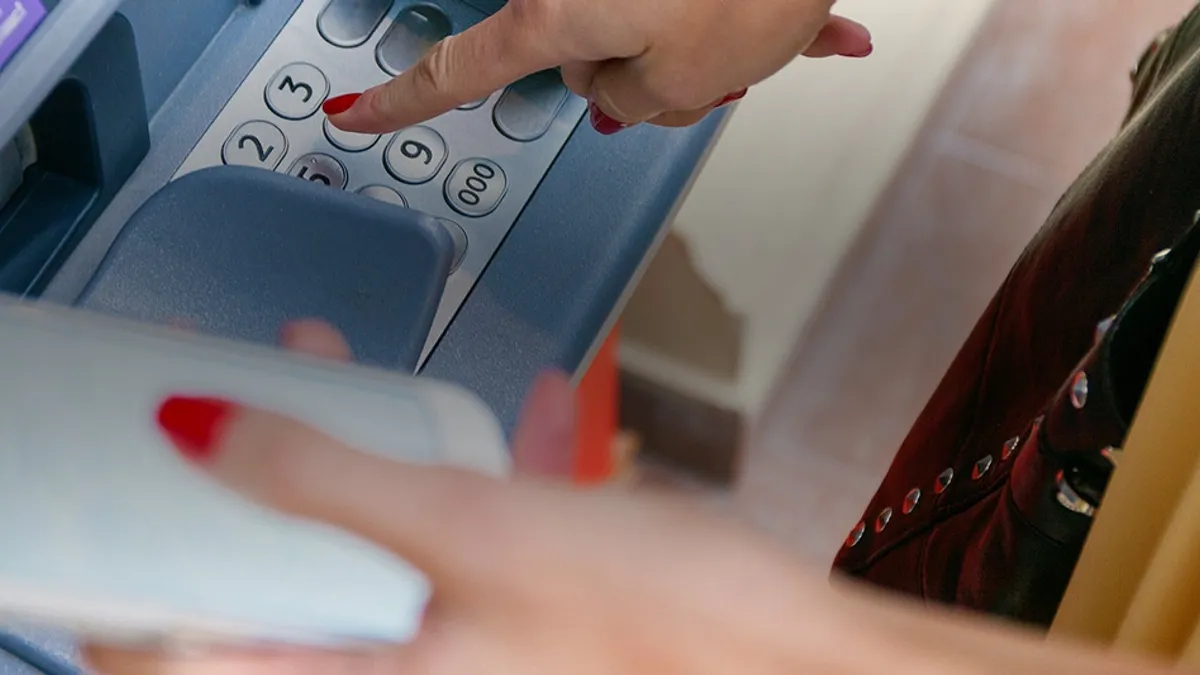Dive Brief:
- Women pay 18% more in banking fees per year than men, according to data from more than 500,000 U.S. users of the investing app Stash. Overdraft fees make up most of that total — and, in fact, women pay 30% more than men in overdraft fees alone — but out-of-network ATM fees and minimum balance charges are also included in the figure.
- “The main reason we think this is happening is the pay gap,” Stash CEO and co-founder Brandon Krieg told Bloomberg. Women earn about 20% less than men on average, he said, leaving them with less money in their bank accounts to start.
- Americans paid $34.3 billion in overdraft fees in 2017, according to MarketWatch. That’s the highest total since the Federal Reserve Board passed the Overdraft Protection Law in 2009.
Dive Insight:
Women are paying $214 per year in fees, compared with $182 per year for men, according to the Stash survey. Although the Overdraft Protection Law has limited the number of overdrafts a financial institution can assess, the amount banks charge for each overdraft has increased to $30 or $35, compared with $20 in 2000.
The Consumer Financial Protection Bureau said in May that it was reviewing the Overdraft Protection Law. Congress requires agencies to review certain rules every 10 years if they affect small businesses. Banks and consumer advocates have pressed the agency to keep the rule as is.
Under the rule, banks must get their customers' permission before charging a penalty. If customers don’t accept overdraft coverage, banks decline transactions that would drop an account balance below zero. If customers opt for overdraft coverage, the bank approves the withdrawal and charges a fee. Consumers who choose overdraft coverage pay seven times as many fees as those who forgo it, CFPB research found in 2014, according to The New York Times.














